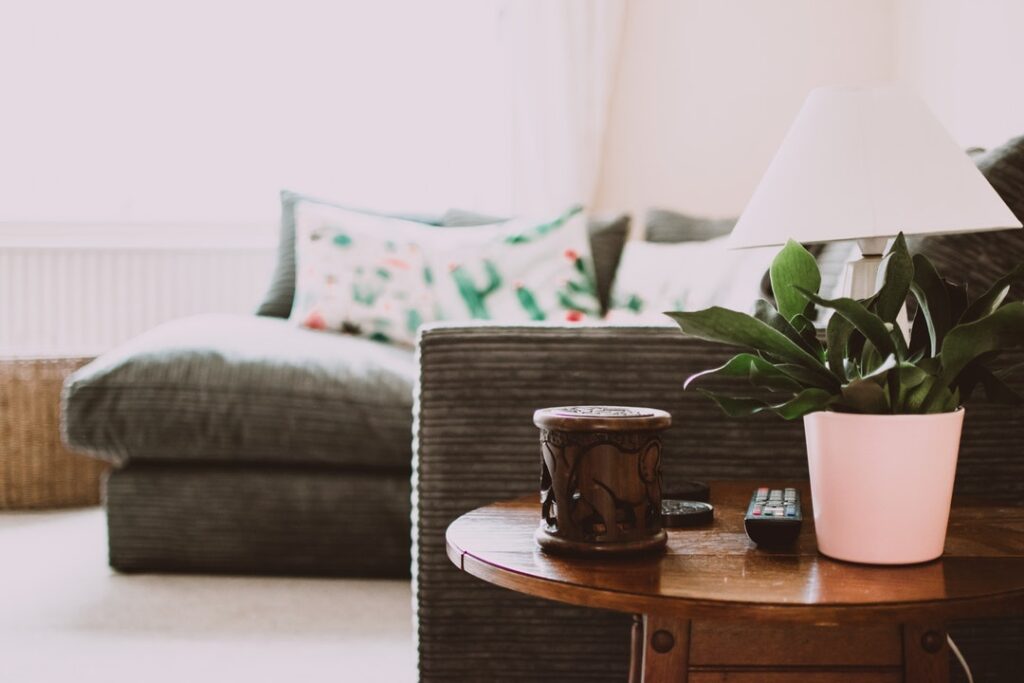For many of us, our home is our haven, our place of rest where we can safely shut the door on the stresses and demands of the outside world and relax. However, once that door is closed, one very important, yet seldom talked about factor needs our attention – the dangers of indoor air quality. According to the Environmental Protection Agency, poor indoor air quality is surprisingly one of the top five environmental risks people face. In fact, the levels of pollution inside a home can be drastically higher than outdoor levels due to the abundant presence of various common pollutants found in homes.
Indoor Pollution – A Few of The Culprits
- Household cleaning chemicals
- Mold
- Hairsprays
- Deodorants
- Candles
- Paints
- Laundry soaps
- Oven cleaners
- Gas ranges
- Asbestos
- Floor and furniture polish
- Air fresheners (no joke!)
A study by the Environmental Protection Agency showed the average person spends about 90 percent of his or her time indoors at home or in the workplace and infants are exposed to home pollutants for nearly 24 hours a day. With that data in mind, understanding about indoor air quality is a must!
One of the most important steps homeowners can take is identifying and eliminating the source of pollution within their home. For example, let’s take a second look at the seemingly innocuous home air freshener. Most major brands of plug-in air fresheners contain a chemical known as naphthalene, which has been shown to cause tissue damage and cancer in the lungs of rodents in laboratory studies. Fortunately, indoor air quality can be easily improved — educating ourselves, working with professionals to enhance ventilation and keeping up with home maintenance can go a long way to make air quality better.
Steps to Ensure You Have a “Home Sweet Home”
- Ventilation – A well-designed air ventilation system that brings in the fresh air and pumps out stale air is first on our list. Proper ventilation helps not only with the usual airborne pathogens found wherever humans are, but also any unseen enemies such as Carbon Monoxide from gas appliances, furnaces, and vehicles in homes with an attached garage. Formaldehyde is a volatile organic compound commonly found in flooring, furniture, upholstery, and more and therefore, it’s also often found inside homes. Exposure to formaldehyde can not only cause headaches, nausea, and difficulty breathing, but it’s also known to cause cancer and other serious health problems. Heat exchangers can significantly improve the air exchange in a tightly sealed home without much increase in energy cost. Or simply open the windows once a day and let fresh air breeze through the house, especially if you do not have an automatic ventilation system.
- Humidity Control – Maintaining the correct humidity levels in the home is critical. Humidity contributes to the growth of mold, which, over time, can cause serious health problems. Proper gutters that catch the rain to prevent it from running down the outside walls is a must. Dehumidifiers may also be needed depending on your geographic location.
- Purifier – An effective air purifier can remove 99.97% of bacteria, mold spores, pet dander, dust, and more, neutralizing many harmful allergens and a host of other health issues. An ozone generator can not only remove odors, but it can also be used to kill mold, remove smoke and cigarette smells, and even bacteria and viruses. However, you must know how to use an ozone generator safely as misused they can be dangerous.
- Eco-Friendly Cleaning Products – Making the switch to natural cleaning products and personal care products is an invaluable step to improving our indoor air quality. “Chemical cleaning products could harm female workers’ lungs as much as smoking a pack of cigarettes every day for 10 to 20 years,” says EWG News. If you must use a chemical product, be sure to follow instructions, using adequate ventilation and perhaps a face mask when working with products like oven cleaners, paints and paint removers, floor and furniture waxes. Try and use these products when the weather is warm, and you can open the windows.
At the Budwig Center, we emphasize the need to live, and breath in a clean environment as research indicates that chemical toxins are the major contributor to the tremendous increase in cancer that is affecting people of all ages. Get back to the natural way of living so you can truly have a “Home Sweet Home”!
To find out more on how to protect your health, download the FREE budwig Guide. Or check out our Home Based Cancer Program.

this article is fine but does not mention dirty electricity / wifi etc. WHY???
Electromagnetic fields and WiFi are certainly becoming a problem and we do find many of our patients to be sensitive to these.
We can’t say they are limited to the home and this article is mainly talking about the air and water. It is a valid point and we do suggest our patients turn off their routers at night and leave mobile phones outside their room etc.
We also emphasize the need to get outside, away from electromagnetic fields and closer to nature specifically for this purpose in addition to the benefits of essential oils we can inhale from plants. We try to keep our articles short but this point is certainly valid.